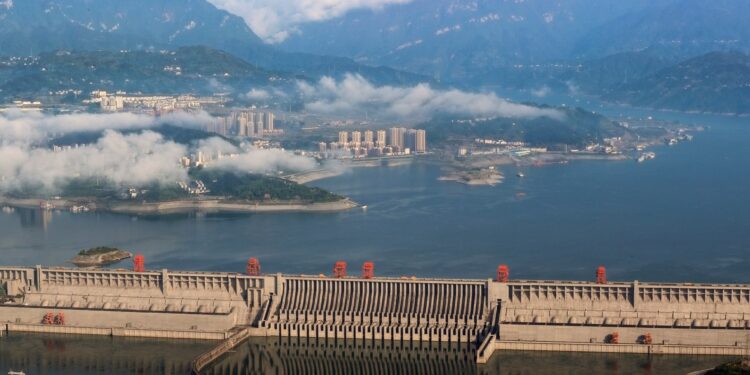China has approved the construction of the world’s largest hydroelectric dam, launching an ambitious project on the eastern edge of the Tibetan Plateau.
According to estimates presented by the Power Construction Corporation of China in 2020, the dam could produce 300 billion kilowatt-hours of electricity annually.
This means that its capacity is more than three times the capacity of 88.2 billion kilowatt-hours of the Three Gorges Dam (also known as the Three Gorges Dam), which is currently the largest dam in the world and located in central China.
Yesterday, Wednesday, the Xinhua News Agency of China commented that the project will play a major role in “achieving China’s goals in reducing carbon emissions and carbon neutrality, stimulating related industries and creating job opportunities in Tibet,” according to the agency’s description.
Hydropower is one of the oldest and largest sources of renewable energy, and uses the natural flow of moving water to generate electricity, control floods and store water.
The heavy reliance on hydropower is due to its flexibility and the ability to turn it on or off quickly, which means it can act as a huge battery that balances the central electricity grid when wind and solar power are insufficient.



